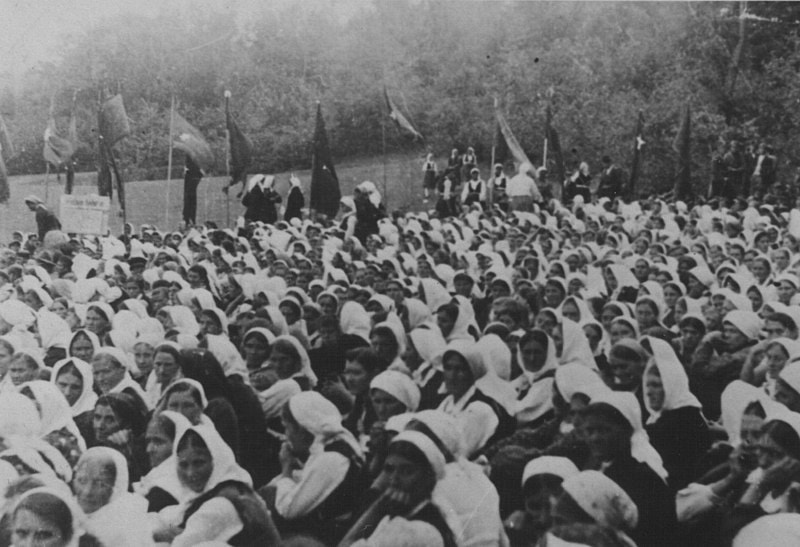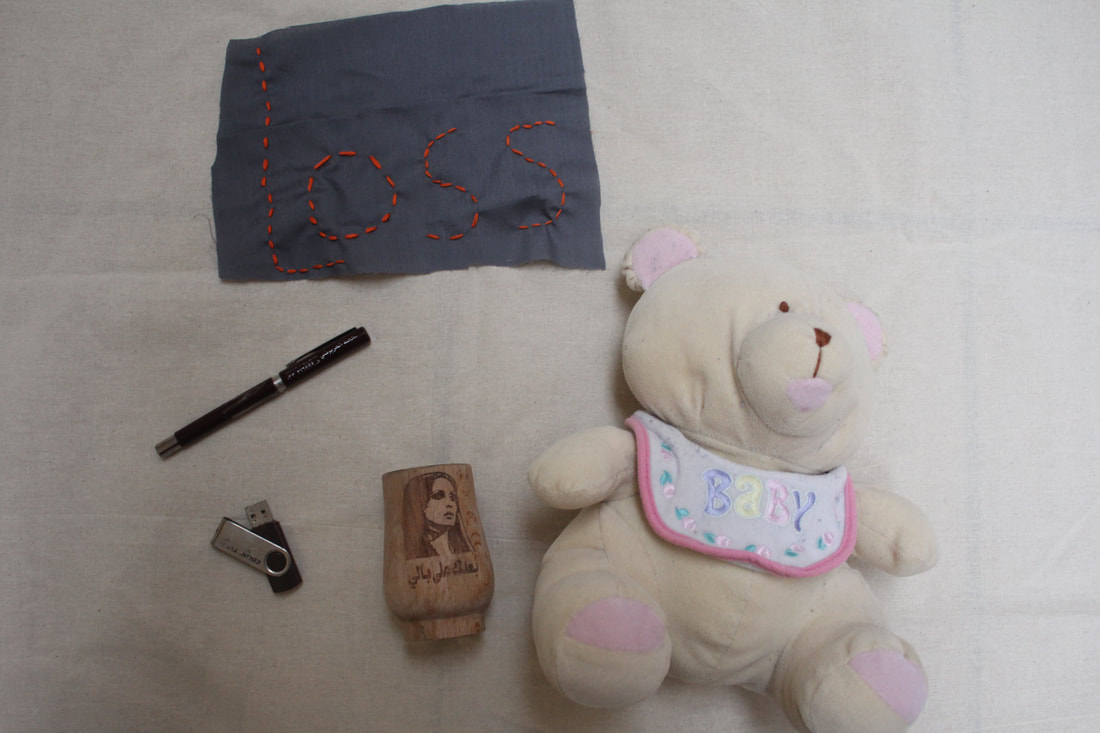|
It feels like an eternity since I’ve updated the blog; life has been that usual whirlwind of parenting, cleaning and juggling work commitments – but with Christmas, a gruelling work schedule and a good old bout of Covid thrown in for good measure. Just in case I was not quite busy enough! The last time I wrote was not long after my return from Sarajevo, a touching and illuminating journey to a beautifully nuanced place. Once back in Hastings, I was able to deepen my understanding of the situation in BiH by having Zoom conversations with Nedzad of CAN (a peace organisation) and Andreja from Crvena, who filled me in on the role of women across the former Yugoslavia, its break up, and throughout ongoing tensions. I was fascinated to learn how war cracks life open for women; they certainly suffer more from vastly increased incidents of rape and domestic violence. Yet simultaneously, somehow grim opportunities open up to them and they are sometimes able to take on roles previously only ever thought of for men. In 1942 the Women’s Anti-Fascist Front formed in Bosnia in the overshadowing crisis of World War 2, eventually gathering the support of some 2 million women. Women somehow eked out more space for themselves in otherwise devastating times, carving out the opportunity to emancipate themselves through resistance and revolutionary thinking. They would partake in a wide variety of activities, from knitting jumpers for partisans to carrying guns and hiding weapons. I learned from Nedzad that Bosnians still live under the shadow of the very real threat that fighting could break out again, revealing to me what seems totally obvious – war is not one isolated incident that comes and goes neatly within the dates we learn in school. War, conflict, oppression and everything that accompanies them, ooze out the sides and spread into the following generations for an unknown amount of decades, centuries even. Since I started writing this (a couple of months ago), we have the blistering conflict searing across Ukraine. Pockets of violence rumble in Afghanistan, Yemen, Palestine, Ethiopia, Libya, Syria – the list goes on. I hear whispers that the IRA continues to recruit in Northern Ireland. It’s on our doorstep. It’s everywhere. Amazingly, I learned that Roberta Bacic, the very woman who first uttered the words ‘Conflict Textiles’ to me, had a Yugoslavian father who made his way to Chile where she was eventually born. She was able to tell me about the Srebrenica Memorial Quilts; fifteen memorial quilts that commemorate relatives who died in the 1995 massacre at Srebrenica, BiH. Altogether, the quilts carry the names of almost 350 victims, and represent an extraordinary initiative by their relatives to keep their memory alive. The first memorial quilt was modelled on the AIDS Quilt, and woven in 2006 with assistance from Peace Fellow Yvette Barnes. Known as the Weavers’ Quilt, it carried the names of 20 massacre victims who had all been related to the weavers. Each quilt carries its own poignant story; the Teachers Quilt remembers teachers who lost their lives at Srebrenica. The 14th Memorial Quilt remembered 20 children under the age of 16 and was woven in white to symbolize the innocence of the children, while the 15th Memorial Quilt commemorated 20 women who were killed because they decided to stay with their husbands and other male relatives. BOSFAM then took all fifteen quilts to the scene of the massacre, for the July 11 reburials that marked the fifteenth anniversary of the massacre. The quilts hung along the side of the notorious former Dutch UN base, while families reburied another 755 victims. Mothers from Srebrenica carried memorial quilts to the Hague for the trial of Radovan Karadzic in 2008. Taken from The Advocacy Project website https://www.advocacynet.org/39189-2/ Textile artworks can be such a powerful tool for remembrance; they are powerful, hand wrought emblems that can bare our stories to the world. So often employed by women, stitching is an art form that is accessible to almost anyone; inclusive, communal and meditative in their formation. I’m delighted to be working with The Refugee Buddy Project, Stitch For Change and Jimena Pardo once more, this time in conjunction with Hastings Museum and Art Gallery on the project ‘Where Are We Really From?’ The question, often loaded with negative bias and sweeping assumptions, is being reclaimed in this project. From homeland to heritage, ancestry and culture, the work created explores our roots, stories and sense of identity. Patchwork pieces featuring precious photos printed on fabric, are being stitched on by Hastings people with experience of migration and seeking refuge, alongside the volunteers who support and advocate for them. Through a series of workshops, participants are sharing stories, reflecting on treasured photos, objects, images and words that will be included in their final textile artworks. So far, participants have shared moving stories about their escape from intolerable situations; families fleeing the Holocaust of World War 2 and more recent conflicts in Syria and beyond. Jimena, my fellow facilitator, shared about her arrival as a refugee from Chile's Pinochet dictatorship to the UK at the age of two. She brought the powerful image of a cassette tape - this humble item was used to communicate with family members back in Chile in a way that felt safe and uncensored. Jimena and her family members would record themselves talking and mail the tapes to their loved ones across the ocean. Ultimately, people are greater than war and conflict. Humans continue to survive and thrive in the most impossible of situations and war has not yet wiped us out. Now we must double our efforts to evolve beyond the need for greed, power, control, violence. 'Where Are You Really From?' will be on display during Refugee Week 2022 and as part of the Sanctuary Festival, which takes place in the museum grounds on Sunday 26th June.
0 Comments
|
AuthorAbout Northern Ireland; conflict, walls & resolution Archives
October 2023
Categories |









 RSS Feed
RSS Feed